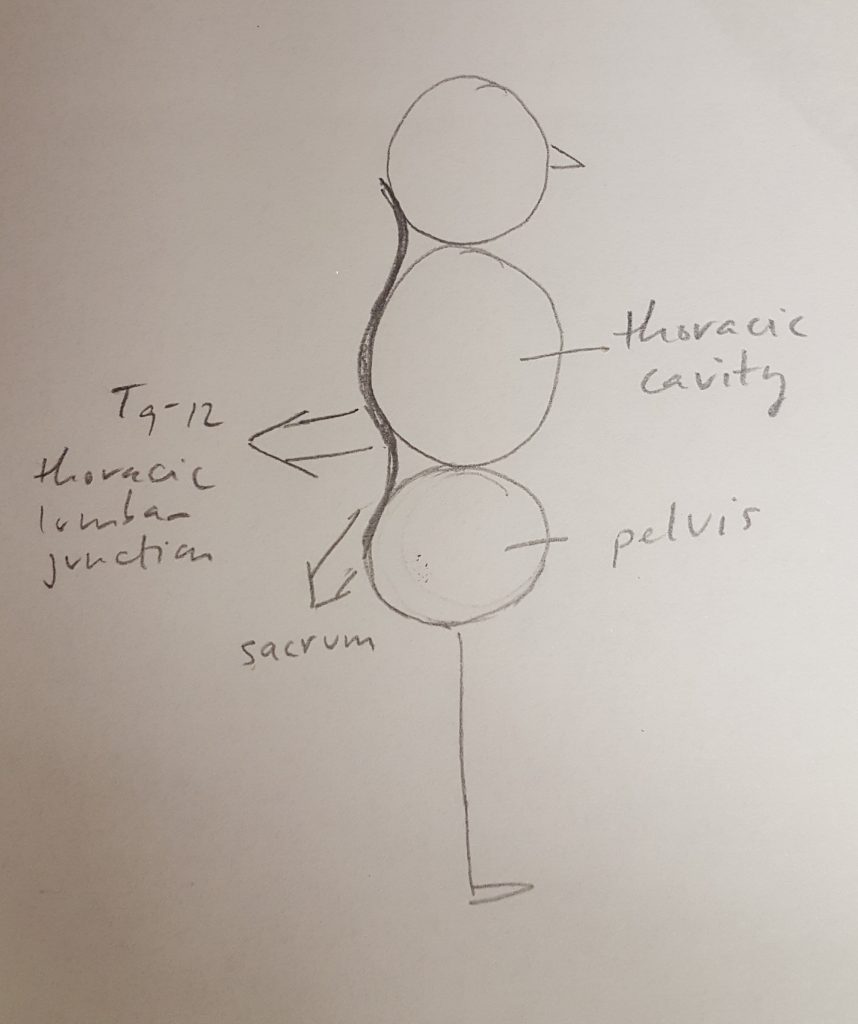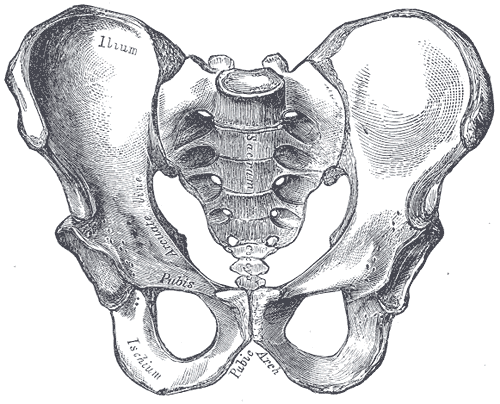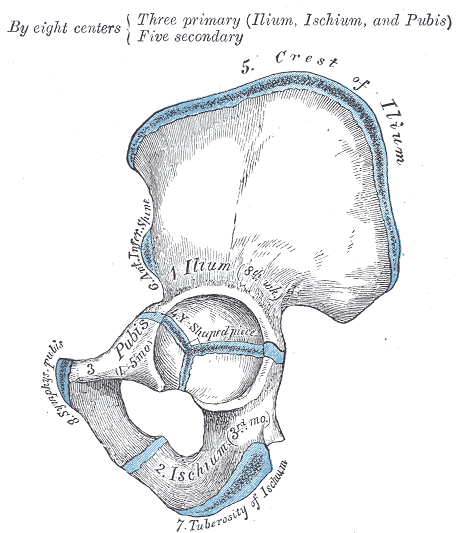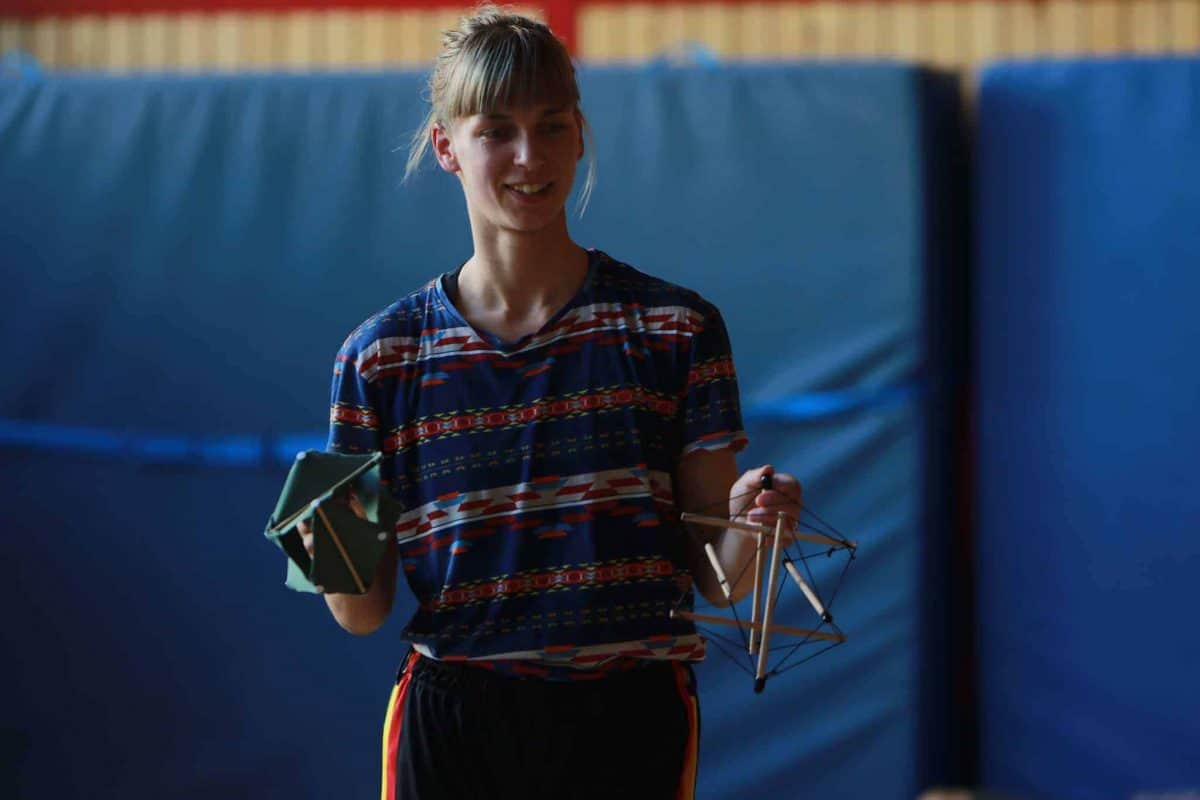Form Follows Function was a 6-hour Axis Syllabus themed workshop that combined elements of anatomy, contact improv, and dance. Spread over two days (Saturday and Sunday, in the perfect hours of 10a – 1p), the general flow of the course began with contact improv, dipped into anatomy, connected and contextualized axis syllabus, and then ended with dance applications. Taught by Diana Thielen, the class was enjoyable, informative, and welcoming to all people.
CONTACT IMPROV
Spinal tracing was our first introduction to the undulating curvature of the spine. Touch made everything more palpable. I felt as I understood my partner’s movement tendencies more simply by feeling where curves seemed deeper and more shallow. We followed this up with some sacred sacral feedback. Placing your hand on a relative stranger’s butt was something we had to ask permission for, and rightly so. They laid on their stomach, and we took a moment to simply let them ‘arrive’. We sat close and waited, observing their breath and level of comfort. When it felt appropriate, and all tentativeness had escaped into the silence, we placed our hands on their deep lower back, and gently kept it there while they shifted their pelvis and eventually got up.
Dancers are a very interesting group to observe. They all had particular and wonderfully peculiar warm ups to get themselves ready. It was also obvious that they had no reservations about touching one another. Often intertwining legs or arms in just being, I was intrigued by how willing they were to rest/be rested on by a friend. This idea of creating intimacy through interaction was a main reason I signed up for the course.
When her hand was placed on my sacrum I found myself breathing into this space. To move as you like without worry of having to modify yourself was quite freeing. We were partners, one leading and the other following, but intertwined as such to instinctively not want to leave the other behind. I tried hard to keep up and grant her the freedom she sought. She, in turn, made constant space for me.
The second day we were asked to talk while we moved. Looking back, this was a genius way to parallel verbal and non-verbal communication, but in the moment it seemed like such an immersion into duality that I reflexively told my partner I wasn’t sure if I could do it. Again initiating contact while asking for permission, we were to invite the body part to collaborate with our hand. Being careful not to overwhelm our partner with touch and beckoning, we let assuaging pauses linger in between. It was in these pauses that I found my words to tell my partner a little bit about myself and where I come from, and why I was there.
A lesson in responsiveness.
ANATOMY
Using several tangible and tablet models (including what was believed to be a goat femur that happened to be lying around her Portland host’s home), Diana led us through some properties of the spine, and how it serves as both a driving engine and reactive diffuser. At the influential thoracic-lumbar junction, we noted and simulated movement along the frontal, sagittal, and transverse planes.

The sacrum attaches the spine to the pelvis. It is quite important, particularly in creating stability under compression and counter torsion against rotation. It disperses the resting weight of the body and allows for the subtle adjustments for the joints around it. (The coccyx or tailbone can move.) The fusion of the S1 – S5 vertebrae is an engineering marvel that makes tension redistribution between the halves of the body possible.

Another brilliant architectural design to transmit motion is the hip socket. The three pelvic bones connect inside of it. When the pelvic bowl moves, the contents within it shift. Pelvic tilting controls the potential of the inner musculature that attach or line the lower canister.

Just as the femur can flex on the pelvis, the pelvis can flex on the femur. As I shifted my pelvis anteriorly and posteriorly, extending and flexing my lumbar spine accordingly, I realized that what my body really dislikes it when I pair lumbar extension with hip extension. It’s not the anterior pelvic tilt that’s the villain, it’s the position of double or even triple extension (counting the pelvis separate from the low back) that my body is cautious and rigid against:
A post shared by Chris Ruffolo (@ruffolous) on
At about 70-degrees of hip flexion, the femur will want to drift out and externally rotate. This ‘arc of ease’ reflects the shape of the head of the thigh bone, and allows it to sit in the socket without any excessive effort. The idea of using a smaller range of motion more efficiently was intriguing, particularly in contrast to the ‘increase range’ firestorm popularized by Functional Range Conditioning:
Hip extension, an opposing movement to flexion, is directly tied to hip internal rotation.
WALK/ DANCE/ MOVE APPLICATION
We repeated the same floor move multiple ways, with multiple points of focus. First it was to note that the thoracic spine entered into all three planes of motion – flexing/ extending, lateral bending, and rotation. Then we examined how force from the foot was transmitted through the pelvis and into the spine. The changing perspective kept our attention dialed into the details and brought a mindfulness to our practice.
Strinkingly similar to the ‘shrimping’ technique taught in Brazilian Jiu Jitsu.
The simple act of walking rhythmically helped me understand that coordination was really waves of movement resonating in time. When set to music and modeled in such a fluid way, the gait I took for granted became transformative:
A post shared by Michelle Bouvier ✩ Embodiment (@michellenayeli) on
Axis Syllabus is the most human ‘system’ I have come to encounter. Exploring the body through biology and physics, it remains constantly conscious that there are people in the room. Their desires to feel and be felt in a non-judgemental environment provide an atmospheric undercurrent to find meaning and experience connection. Perhaps this is what dance is all about — to sense, then see, then finally do.

